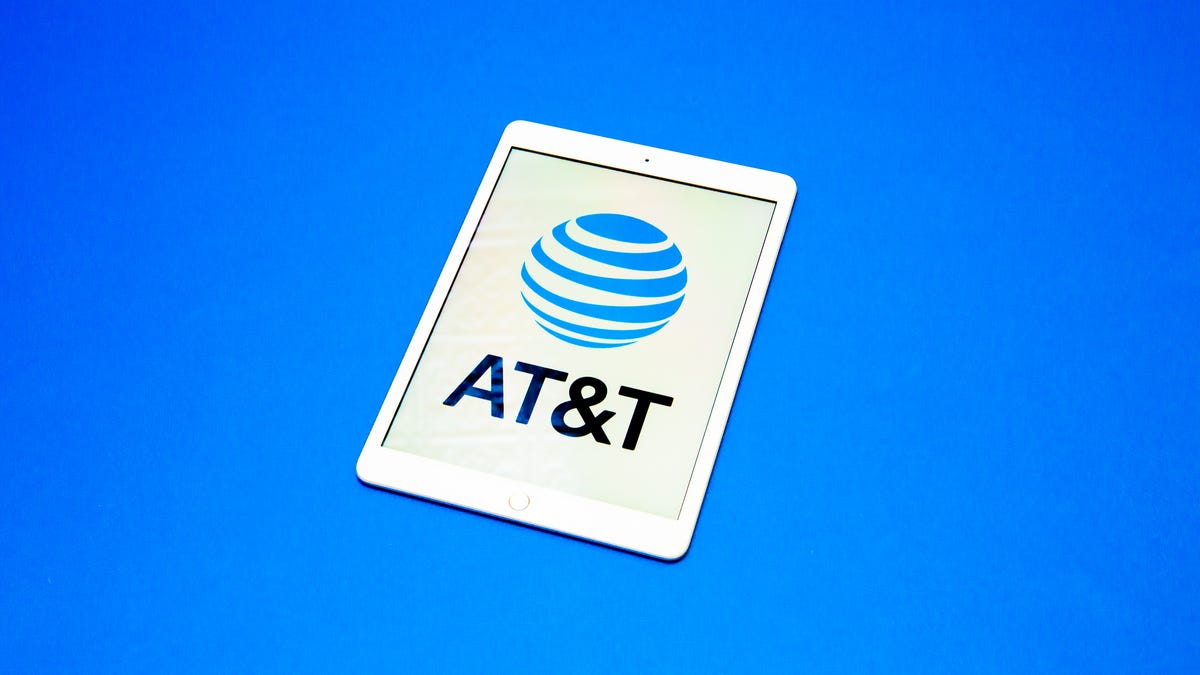AT&T Is Working on 20-Gigabit Fiber to Homes, Could Launch Next Year

What's happening
AT&T is working on significantly faster fiber connections.
Why it matters
The upgraded service could allow for home internet and small businesses to be able to tap into 20Gbps internet as soon as 2023 or 2024.
AT&T already offers 1-gigabit, 2-gigabit and 5-gigabit home internet options. While those speeds are more than enough for nearly everyone today, the company is working on something that might quickly put those services in the rearview. AT&T revealed to CNET that it is working on improvements to its fiber network that would allow for home internet download and upload speeds of 20Gbps.
AT&T is testing the technology in its Austin labs today, with Eddy Barker, an assistant vice president of mobility and access architecture at AT&T, expecting the upgrade to be ready for deployment toward the end of 2023 or in 2024. By adding this capability to its network, he notes that AT&T could offer not only 20Gbps connections, but additional high-speed tiers including 10Gbps and 15Gbps.
Faster internet access has been an area of focus for a number of companies in recent years, particularly with the rise of 5G for mobile connections and the greater demand for stronger broadband connections as a result of the pandemic. In January, AT&T announced that it was upping its fiber offering to include multigig fiber home broadband options in 70 markets, further expanding that footprint in March to 30 more metro regions.
Locating local internet providers
"We're not really releasing when we're going to offer this service yet," Barker says, "but I think we're trying to demonstrate what it's capable of and how that investment is future-proofed and what its capabilities are to continue to be very competitive." The company says that its existing fiber cables to homes and businesses can already support the faster speeds, it just needs "minimal infrastructure upgrades in our central offices and customer locations."
"From an investment perspective you've got to look forward to make sure that the architecture (that) you're putting in place has legs to be able to upgrade anything with moderate investments as demand increases," says Gordon Mansfield, AT&T's vice president of mobility and access architecture.
Locating local internet providers
"One thing that we certainly know, we know it both on the broadband front as well as the wireless front," he adds, "If you build it, they will consume it."
In a demo done between two of its Austin offices, AT&T was able to show off download and upload speeds over 20Gbps with a latency of 220 microseconds. It used its own self-developed speed test for the demo as servers on outside firms, including third parties like Ookla's popular Speedtest.net, are not yet properly equipped for this type of connection.
A speed test showing off AT&T's new fiber connection.
Barker says AT&T is working with suppliers and its partners to make sure there are devices and products able to connect to and take advantage of these faster speeds. "We do have to sort of look across that whole ecosystem when we're planning for productization to make sure it's ready on the timing and on the cost structure" before launching a new product like this.
As it is still far from a release, it isn't known what AT&T might charge for faster speeds. Its 2 Gig connection runs $110 a month (with AutoPay), while its Fiber 5 Gig service costs $180 a month (with AutoPay). Getting a gigabit connection from the company currently costs $80 per month (with AutoPay).
Planning for the future
A number of companies are working on new technologies, including Wi-Fi 7, that should be able to take advantage of the faster connections. Qualcomm recently announced new Wi-Fi 7 chips that can allow for max speeds of 33Gbps, though some of its first consumer chips for the new standard seem to max out at around 5.8Gbps.
What you'll need all this speed for, particularly on a consumer side, is not immediately clear, though AT&T envisions a world where these super-fast connections benefit gaming, telehealth and robotic manufacturing applications.
For his part, Mansfield sees smart, augmented and virtual reality glasses as one particularly bandwidth-intensive application that could arise in the not-too-distant future.
"If you go and you look at the bandwidth that those glasses are going to require, the early silicon that is going to go into these glasses are going to focus more on the display itself within the glass," he says, noting that these devices won't have 5G capability built into the glasses and will instead rely on Wi-Fi because "the power requirement for Wi-Fi is less" than cellular.
These glasses could connect through Wi-Fi to your phone on the go, and then directly to your home Wi-Fi network. "That's a use case that's going to drive bandwidth that doesn't exist today."
Mansfield says he expects to see these "more acceptable form-factor" wearables and glasses next year and into 2024, noting that "several parties are working on them."
Will Townsend, vice president and principal analyst of networking and security with Moor Insights and Strategy, expects that the initial appeal for these faster speeds will be with enterprises and businesses, but not to count out developers finding new ways to take advantage of the connections once they are available.
"Once you put those test bed speeds in developers' hands, they will figure out the next big application sort of like what (4G) LTE did to birth ridesharing" apps like Uber and Lyft.

